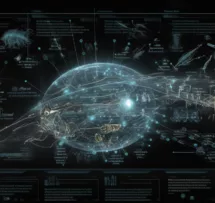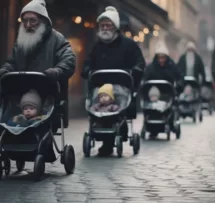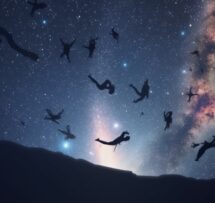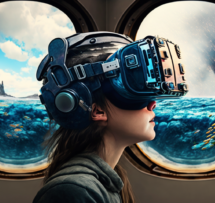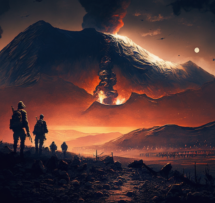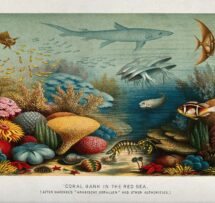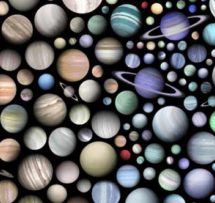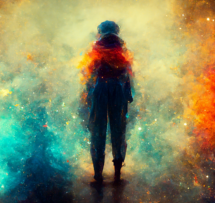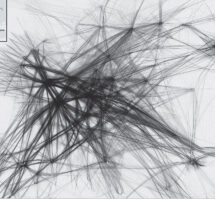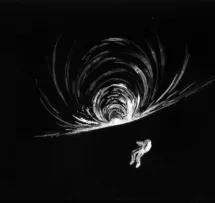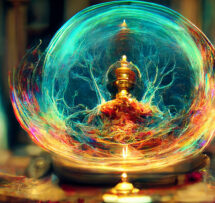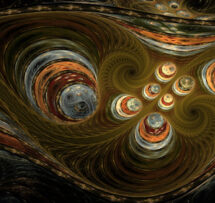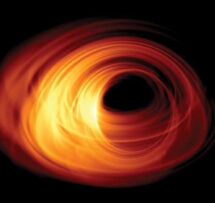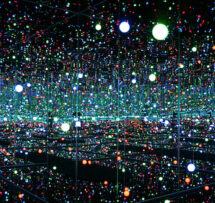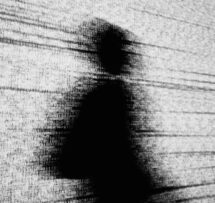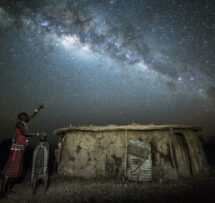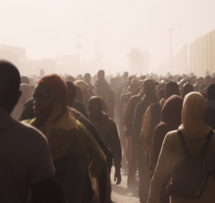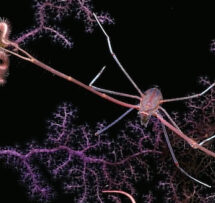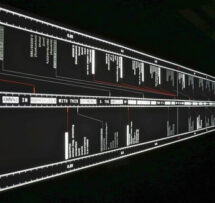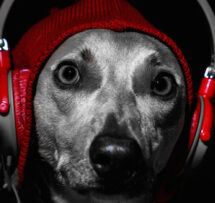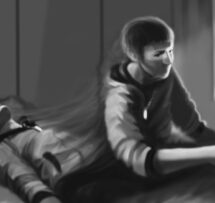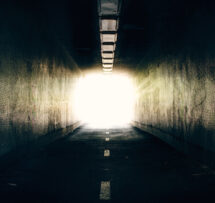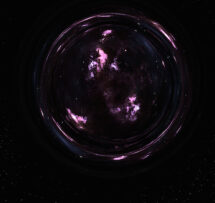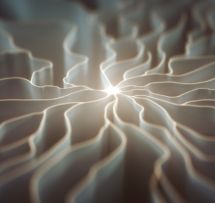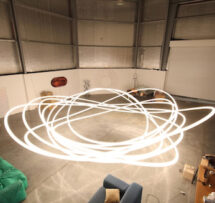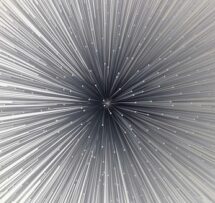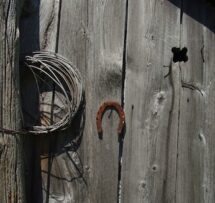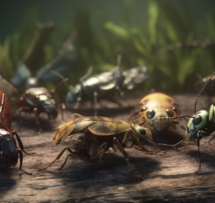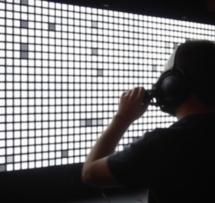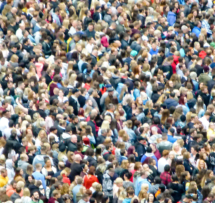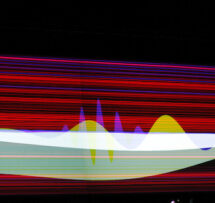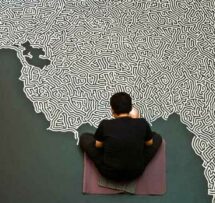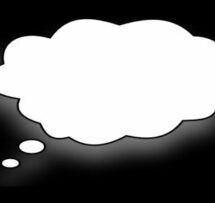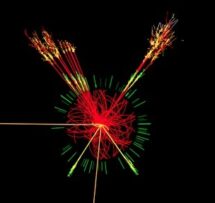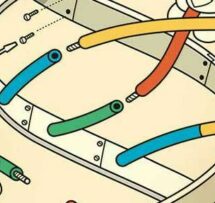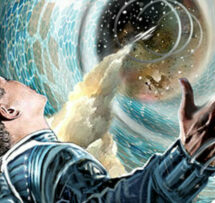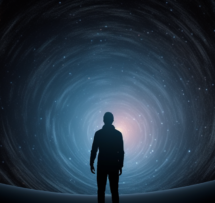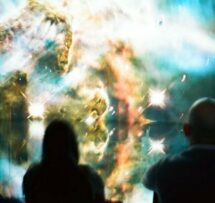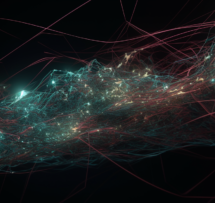Why do we have music? Music in the brain

Why do we have music? Why do we like music? How does music influence the brain? How does musical training influence the brain? Is there a Mozart effect?
From banging two rocks against each other, hitting on a piece of wood with another piece of wood and uttering sounds to playing simple rhythms in a drum with animal skin, humming rudimentarily melodies and blowing on a hollow tree branch. From plucking on a string to plucking on many strings, from taking natural formed cavities to explore its resonances to carving out and fine tuning them ourselves.
As humans evolved, so did musical instruments and musical genres: from tribal songs to church choirs and to Mozart, from classical to jazz, from rock to pop, with an unfortunate culmination on Britney Spears. Music did evolve but why did it first appear? Is it an evolutionary adaptation? Charles Darwin, who was a great music lover, posed this question in his book "The Descent of Man". This, of course, is not an easy question to answer, but with the advent of modern brain scanning techniques, we have the possibility of digging a little deeper into it. Peter Vuust, musician and brain scientist, leader of the center of excellence Music In the Brain, will discuss evolutionary theories about the origin of music, and how music and music training influences the brain.
Afterwards, with an upgraded cocktail menu and sound-induced vibrations in your cocktail, Søren Lyngsø, also known as Vectral, will perform a piece that will trigger specific electrical impulses in your brain with incredible 3D graphics and algorithmic electronic music.

Peter Vuust
Why do we have music? Music in the brain
Why do we have music? Why do we like music? How does music influence the brain? How does musical training influence the brain? Is there a Mozart effect?
Music by
Søren Lyngsø
Behind the pseudonym Vectral, Søren Lyngsø explores the interplay between electronic compositions and audio-reactive visuals with concerts leading the audience through his sensory labyrinth step by step. His stubborn soundscapes and crackling sound structures consist of electronically arranged material from everyday life heard through homemade software. The visual part consists of live generated 3D graphics using 3D control points to create dynamic colors and shapes.



